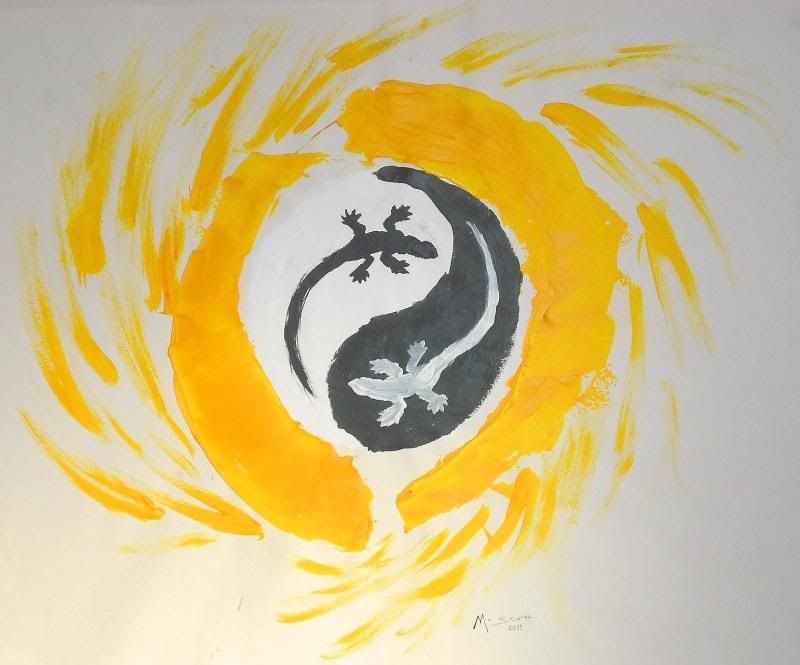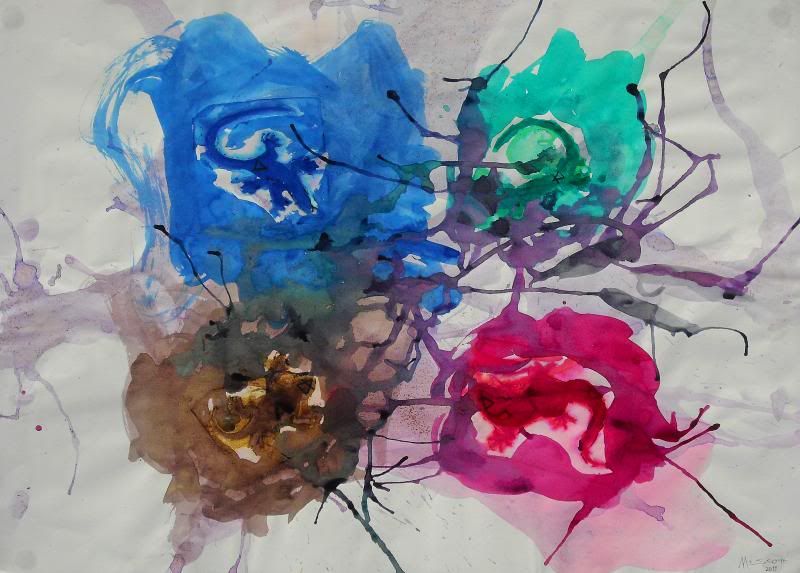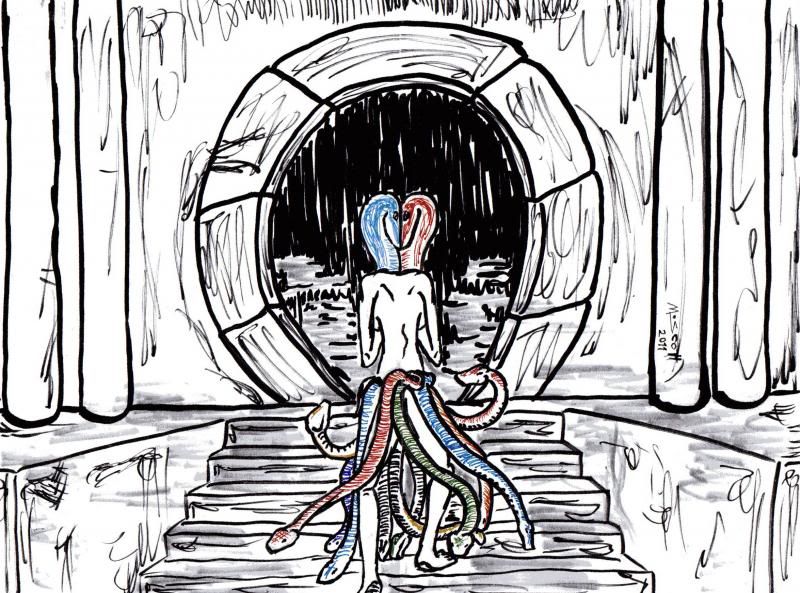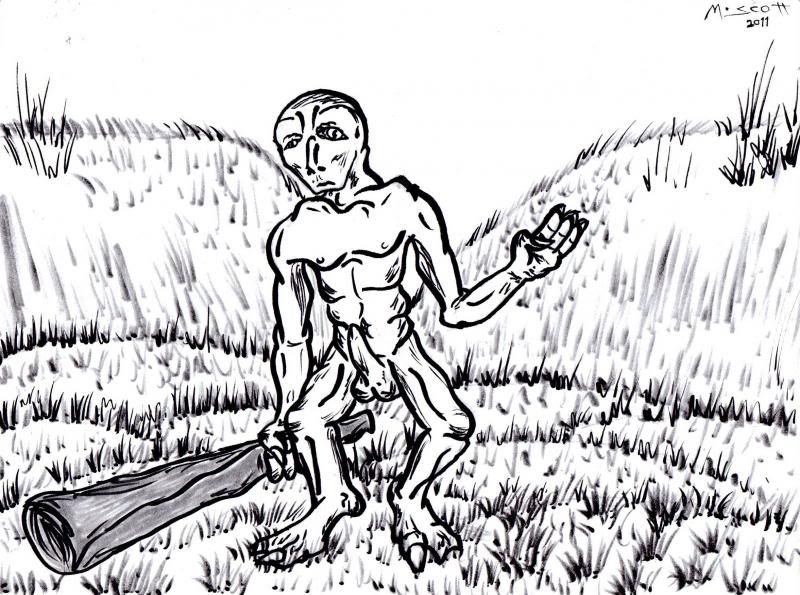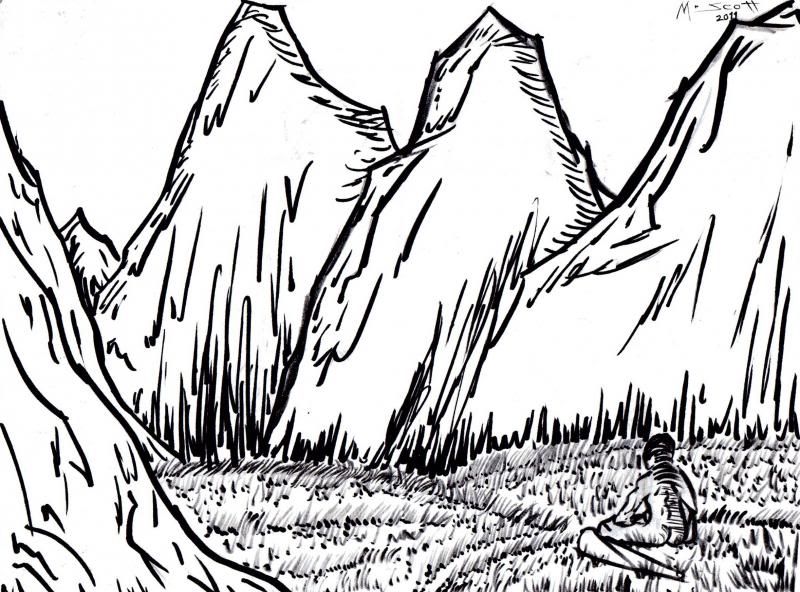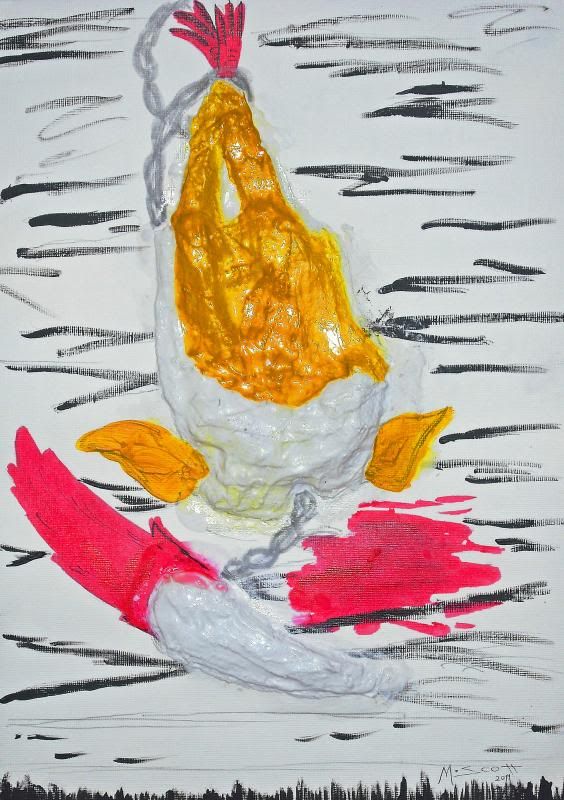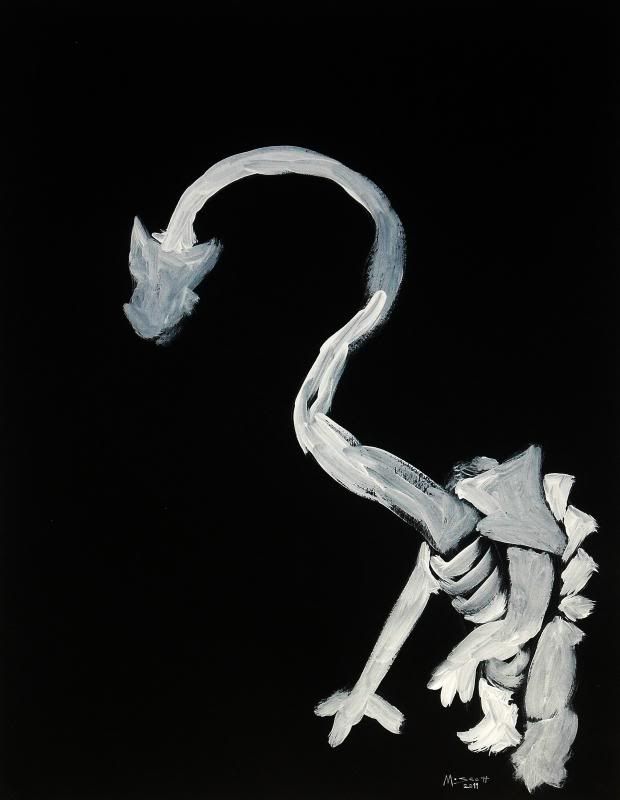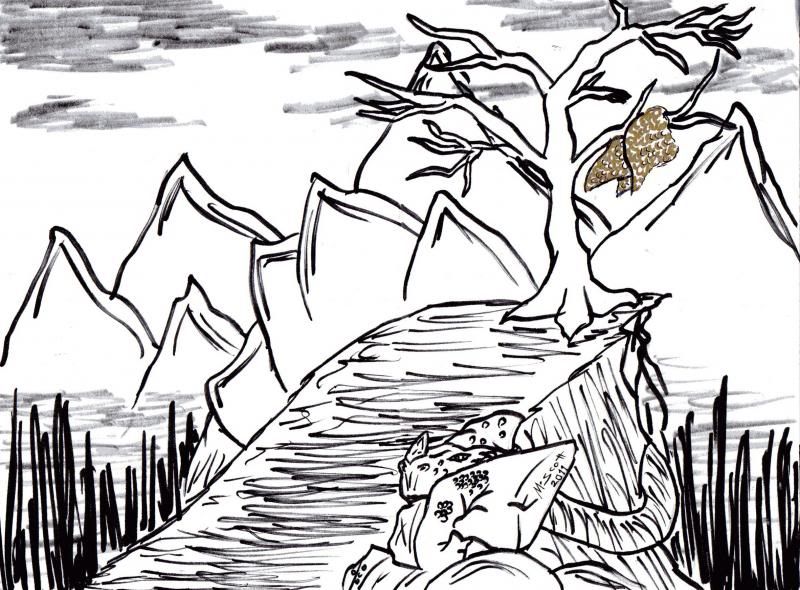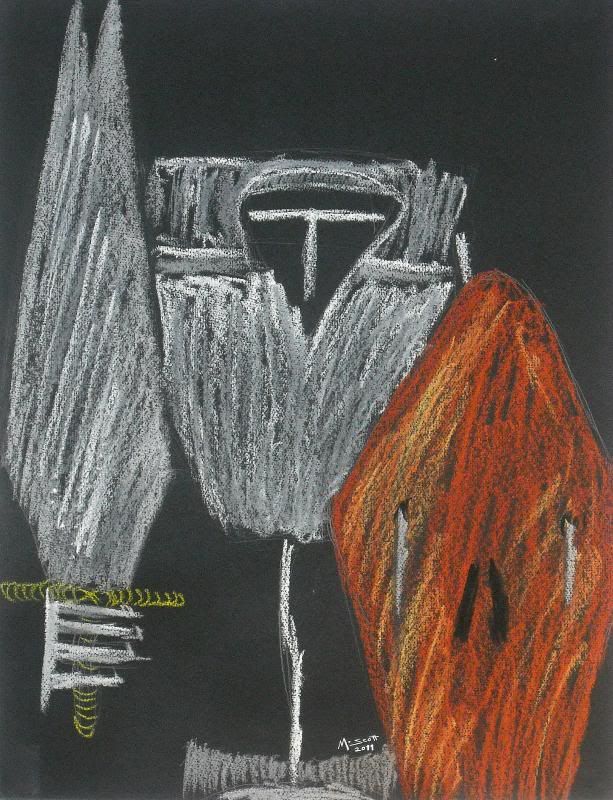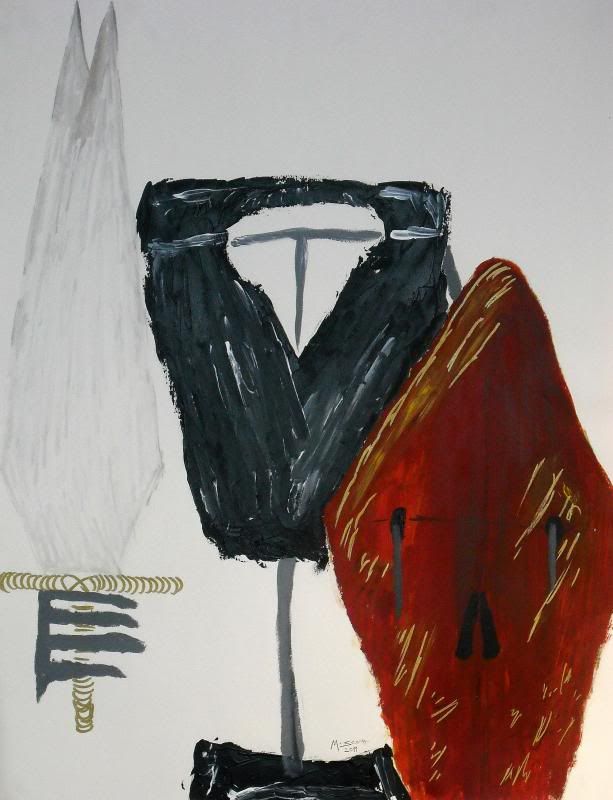The idea dawned upon when I looked under the tables clustered together in my studio. How the extra unused lockers were all gathered together at such an irregular fashion drew an odd impression of a space one may try to crawl through. I considered the possibility of offering someone a view of being like a lost object.
At its most ambitious scale, I felt it would have been ideal if I were to somehow set up a space to use and build a maze-like structure for people to crawl into and under. Otherwise, I considered to settle with using a table to substitute as a simple roof. In any case, the low-lying walls are to be lined with lockers, being key to people in their function in storing items of importance. I spoke to other students about kinds of objects they had lost and considered the possibility of gathering a collection of such objects to scatter within the maze.
In the end, the latter idea was put to use as I was unable to find the place or time to get a large area for a low-lying maze structure, however simple its design may be. A table was used as a roof, with lockers in the centre and around the edges to give support and ensure the whole thing didn't fall in on itself.
I chose to name the piece Tsukumogami, after a part of Japanese folklore that spoke of inanimate objects that would manifest life of their own after a hundred years of no longer being used by their former human masters. This premise of the object and how it outlives the owner intrigued me and probably worked to draw a connection to a major inspiration for this project, Mike Nelson.
The Coral Reef (2000) by Mike Nelson
Nelson is an artist who produced a room-based installation piece entitled The Coral Reef (2000). This piece is to work as a representation of ideologies of minorities dwelling deep within the base of a capitalistic society. Here, they have 'calcified' among each other, even with those seeming to contradict, as if they have in turn become lost ideals. I found a hauntingly fascinating experience in entering The Coral Reef.
The Coral Reef (2000) by Mike Nelson
"To enter Mike Nelson's 'The Coral Reef' is to leave the physical fabric of the city and enter a parallel world. Rooms, doors, passageways, all bear traces of habitation and decay, making narrative promises that are never fulfilled. The visitor to 'The Coral Reef'' soon becomes disorientated, even lost, as they explore its depths."
Tsukumogami (2010)
In having attempted such a similar idea now, and now with hindsight, I have sometimes wondered whether there might be a factor of admiring and emulating being different issues. Although I can still certainly say that I greatly admire the work and idea behind Nelson's piece, I can't say I felt particularly satisfied with my means of exploring for this project. It may be that this was too much of a diversion from what I primarily wished to invest in exploring for my artwork. This certainly went on to feel more apparent later on in my time at university.
Interior of Tsukumogami (2010)






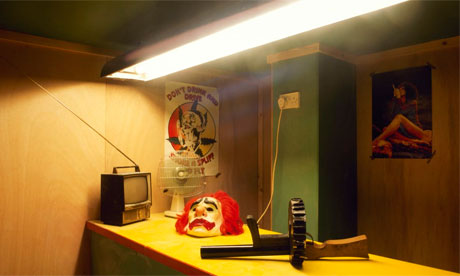



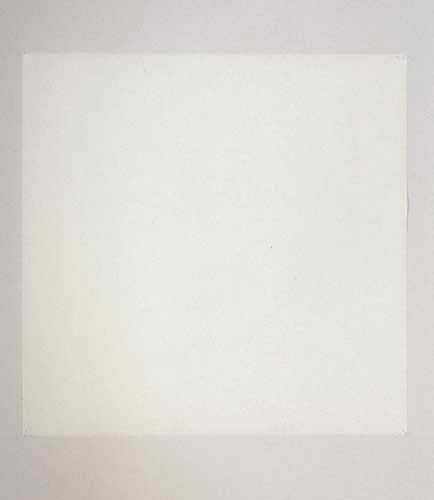








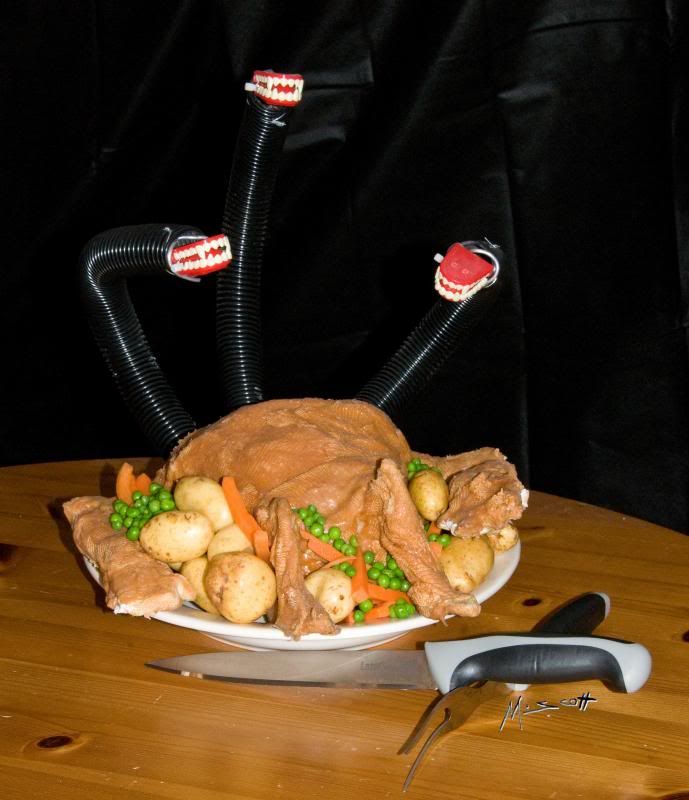
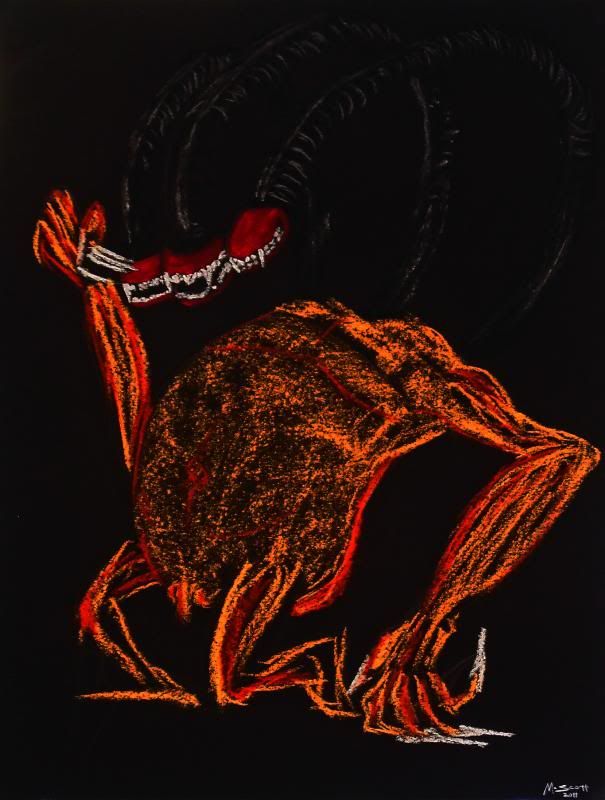
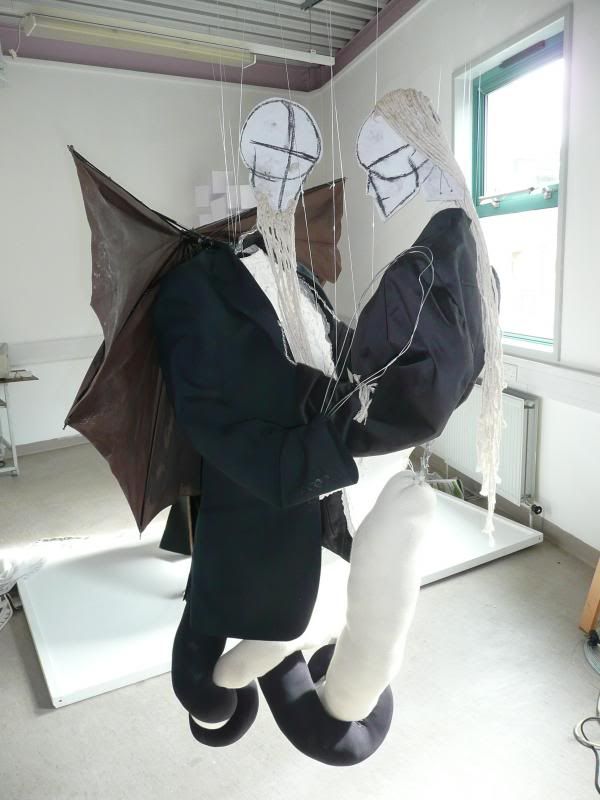
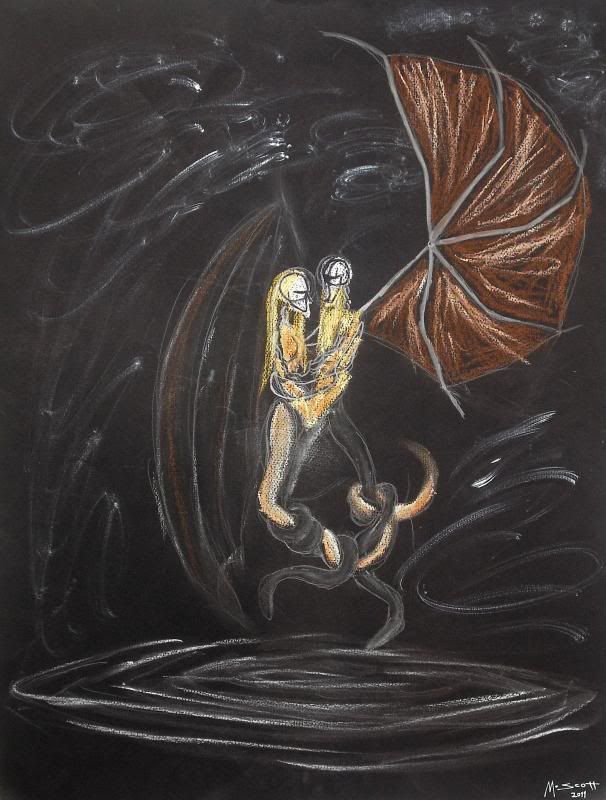

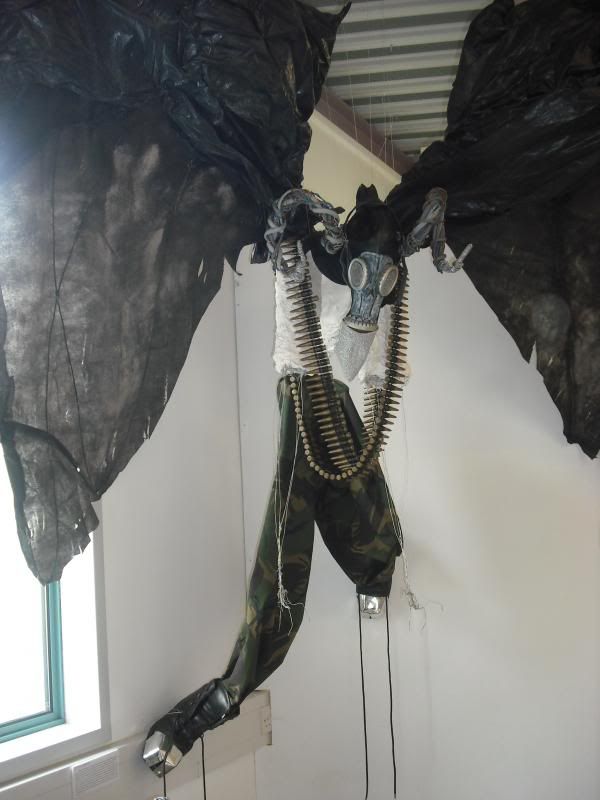

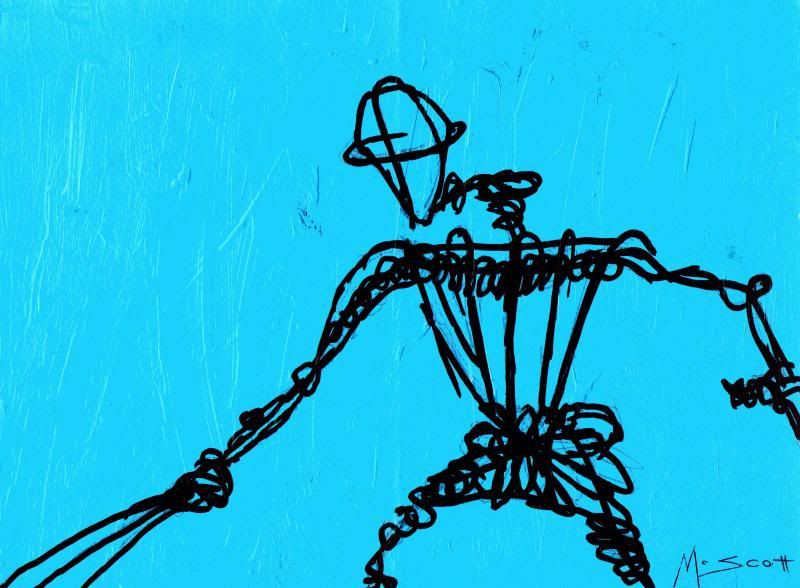
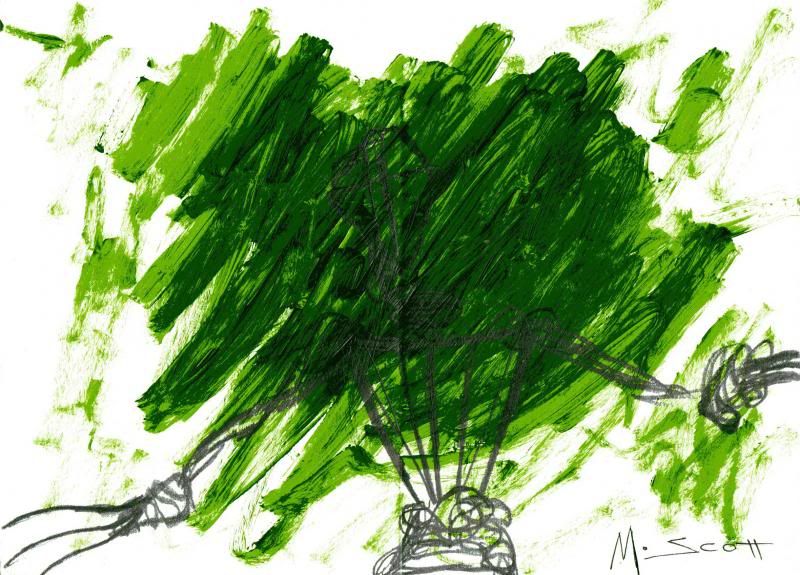
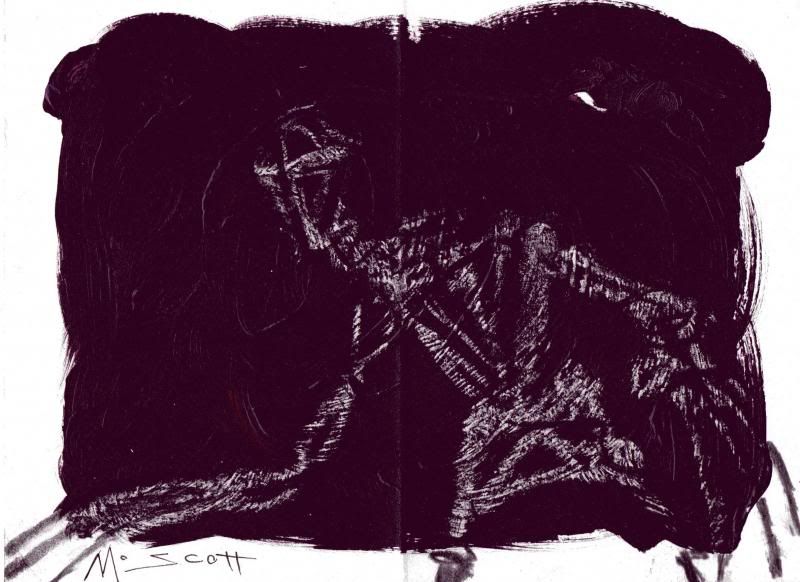
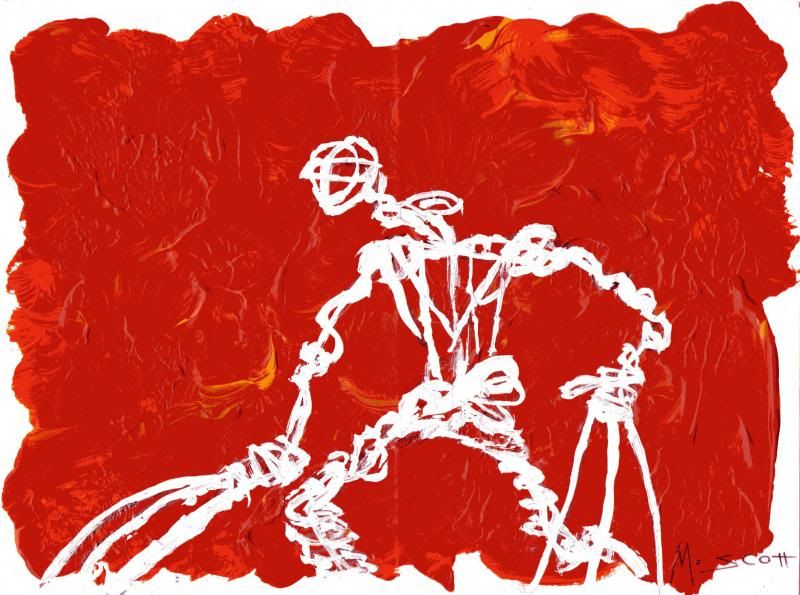
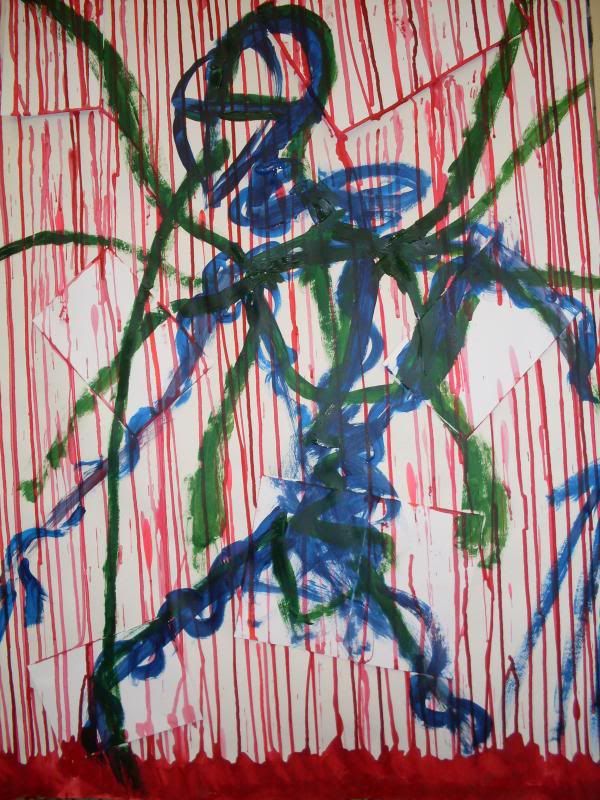
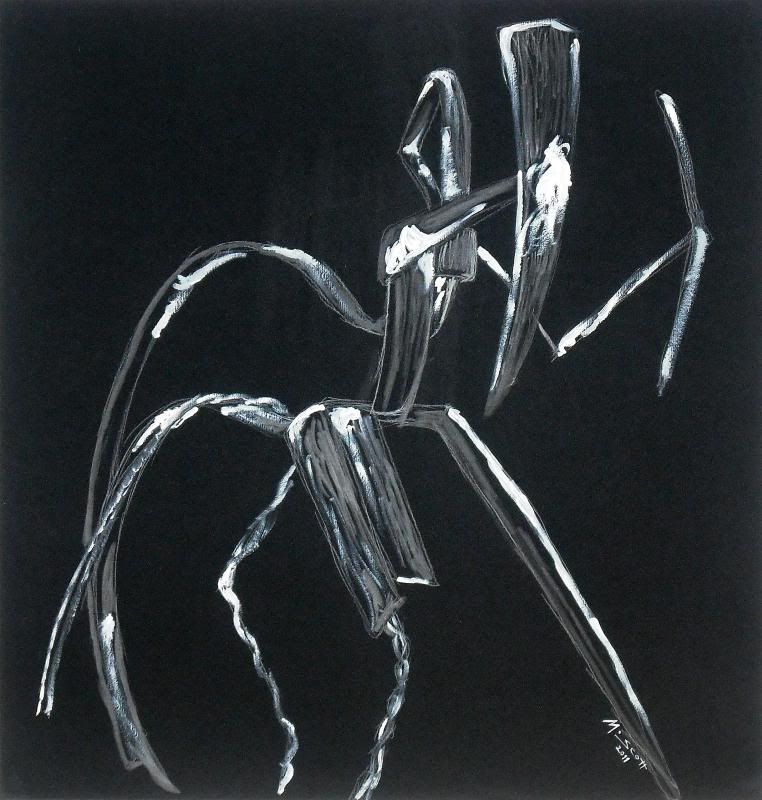
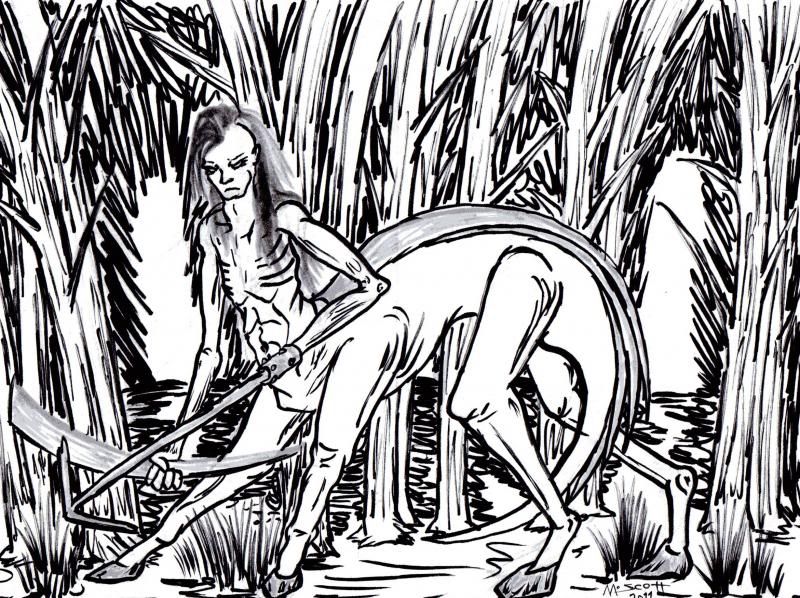
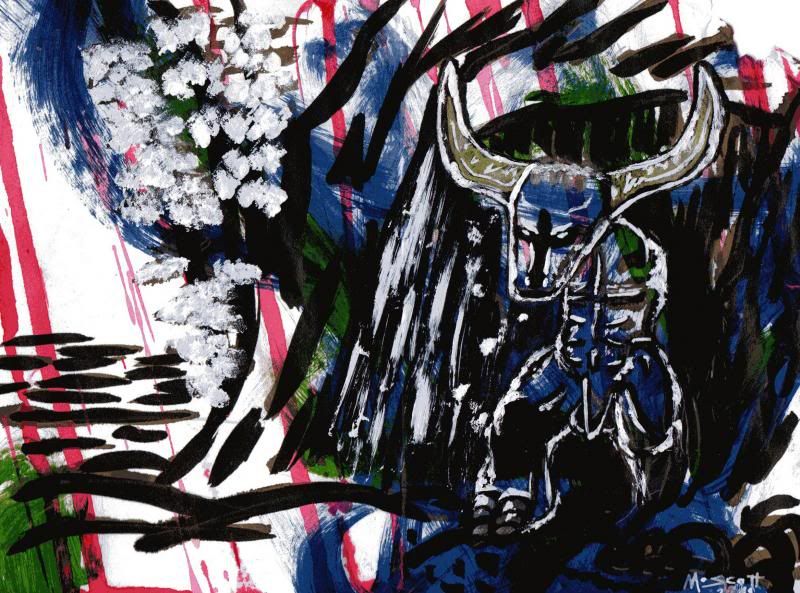
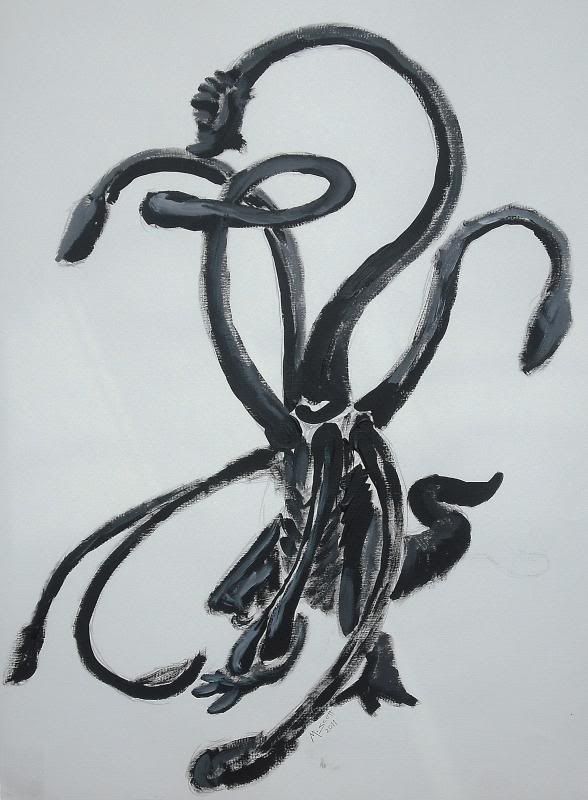
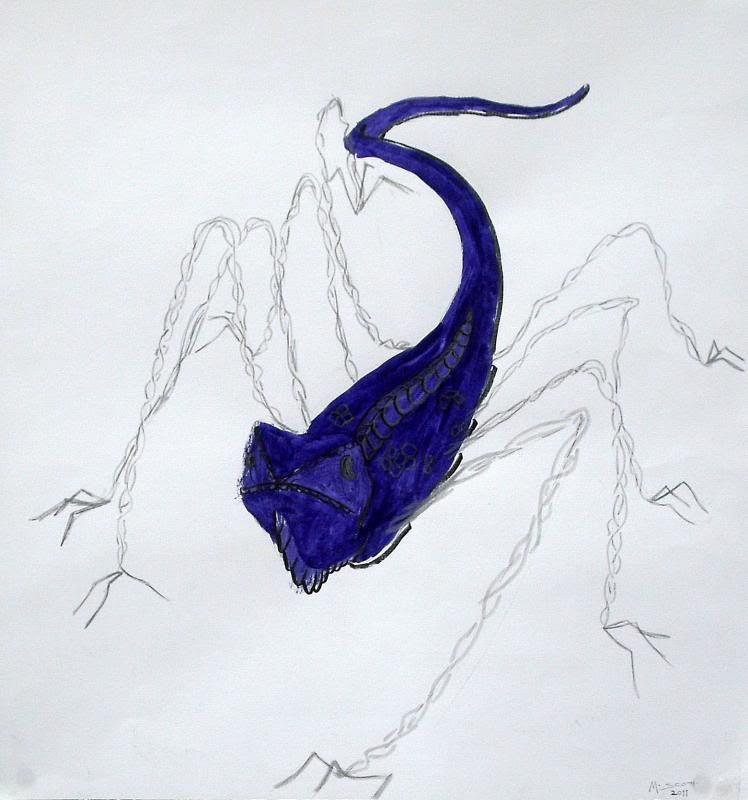
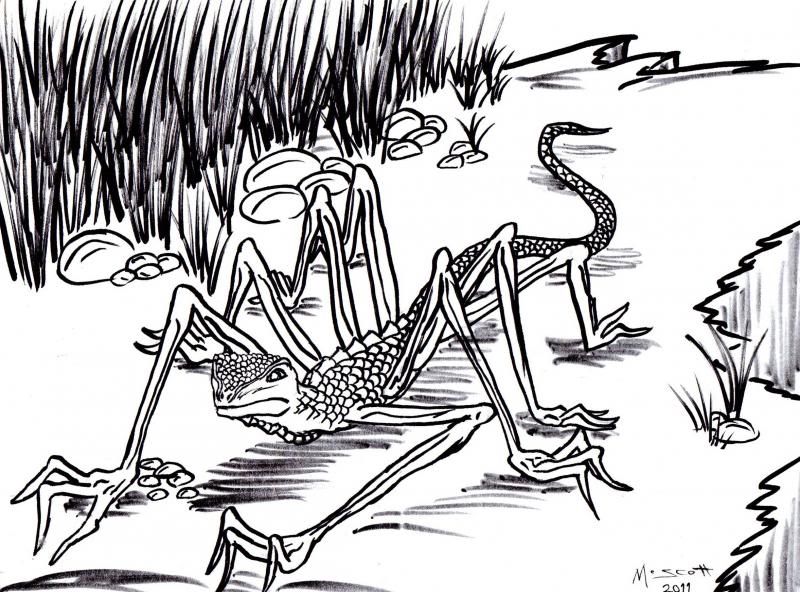
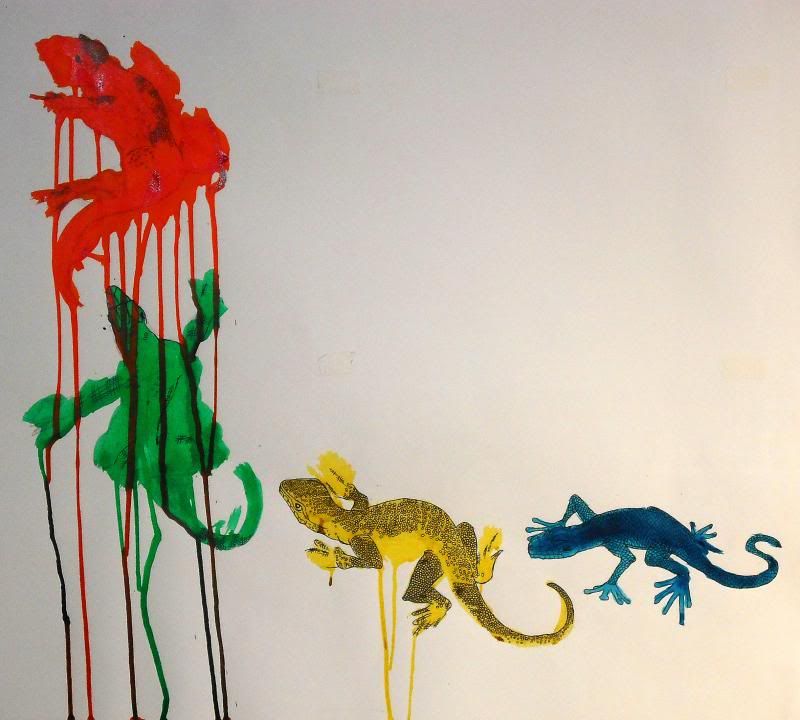
.JPG)
